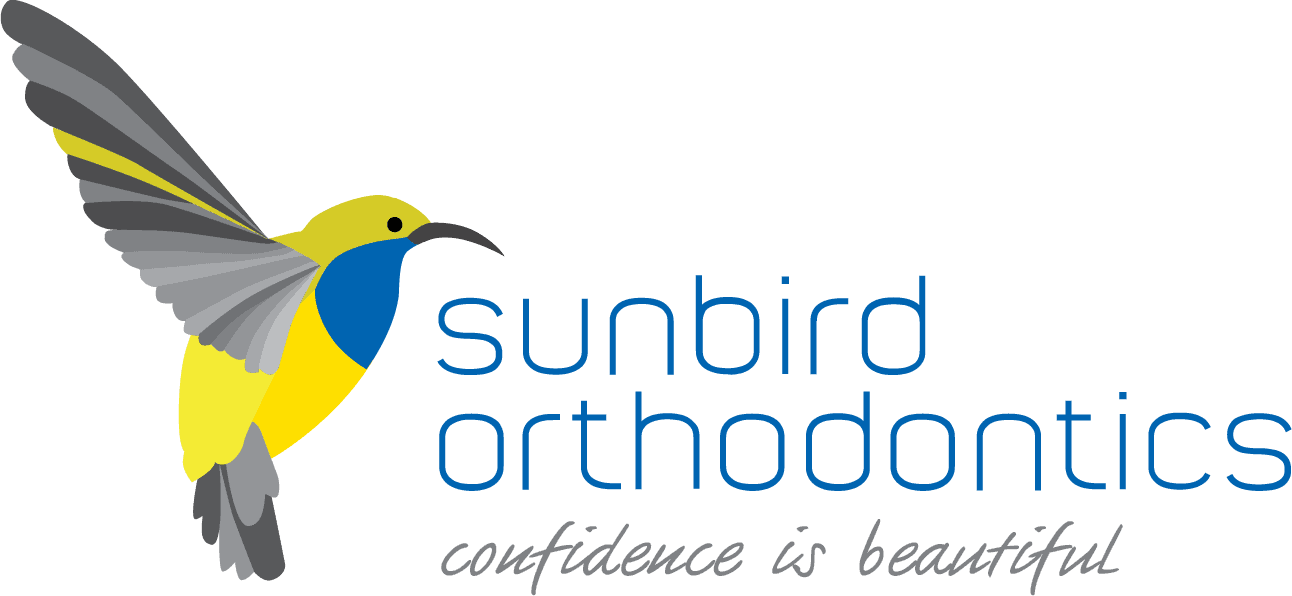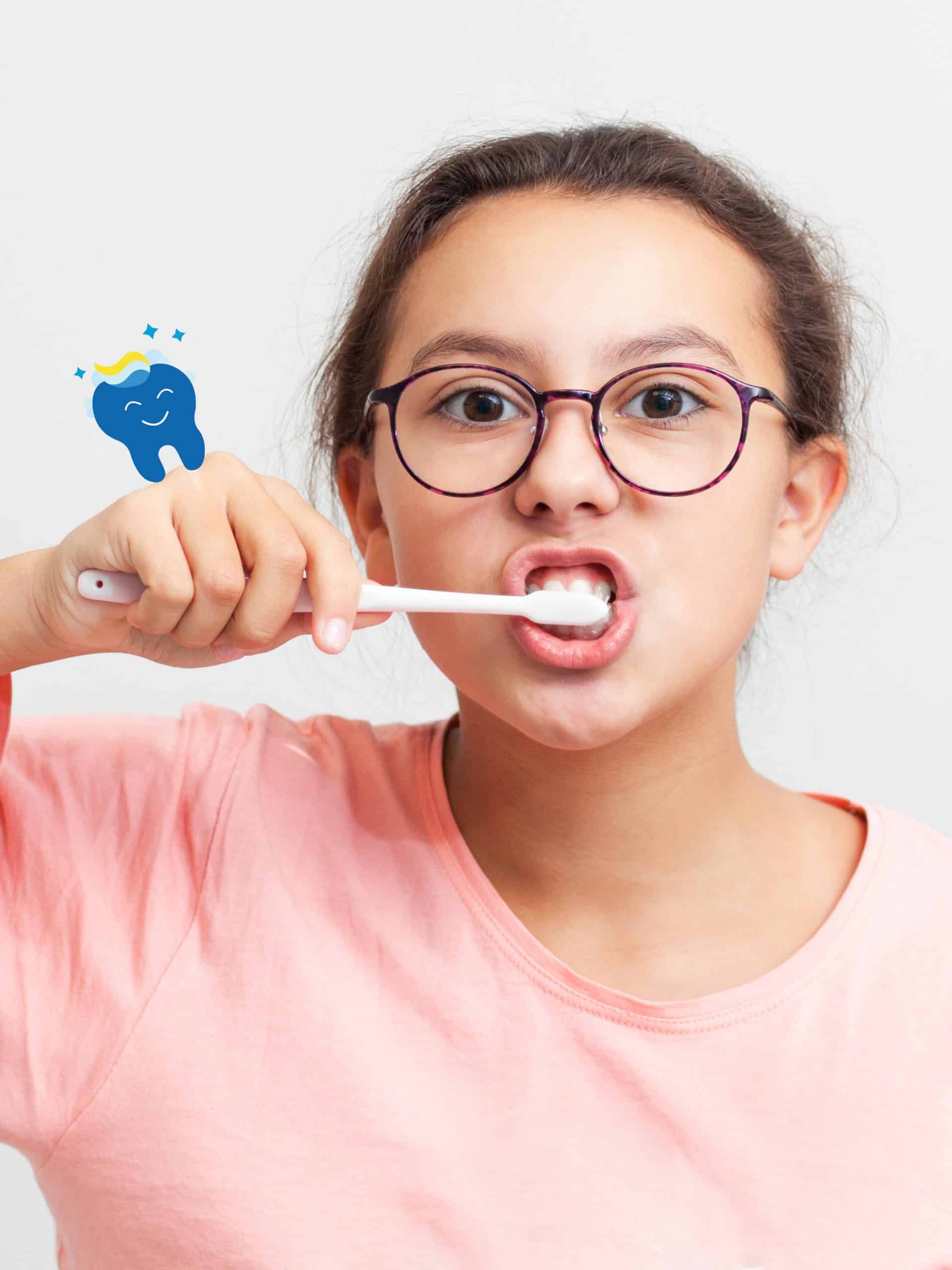When to Start Orthodontic Treatment
Orthodontic tooth movement can occur at any age, even adults can have orthodontic treatment. The Australian Society of Orthodontists recommends a first assessment by a registered Specialist. Orthodontist at age 6 or 7 years. This is when adult teeth typically begin to appear and development problems become apparent like uneven bite and overcrowding. Starting the process early doesn’t mean a child will need braces right away. It just means the Orthodontists are able to find problems early and decide the best time to start treatment. Early treatment may mean that a patient can avoid more complex treatment later. Conditions that can be treated in early childhood are problems of tooth eruption, missing teeth, extra teeth, cross bites, severe crowding, jaw growth problems, snoring and thumb sucking.
Some of the potential benefits of interceptive treatment include:
- Creating room for crowded, erupting teeth
- Improving facial harmony through influencing jaw growth
- Reducing the risk of accidental trauma to protruding front teeth
- Preserving space for unerupted teeth
- Reducing the need for tooth removal
- Reducing future treatment time with braces
- Elimination of crossbites that can have harmful effects on the developing teeth and jaws
Management of thumb and digit sucking habits that can influence the development of teeth and jaws.
Early orthodontic treatment may involve the use of removable plates, arch expansion devices, functional appliances, anti-habit appliances, space maintainers or partial braces. Orthodontist will be able to find problems early and decide the best time to start treatment by keeping an eye on any changes in the mouth.





